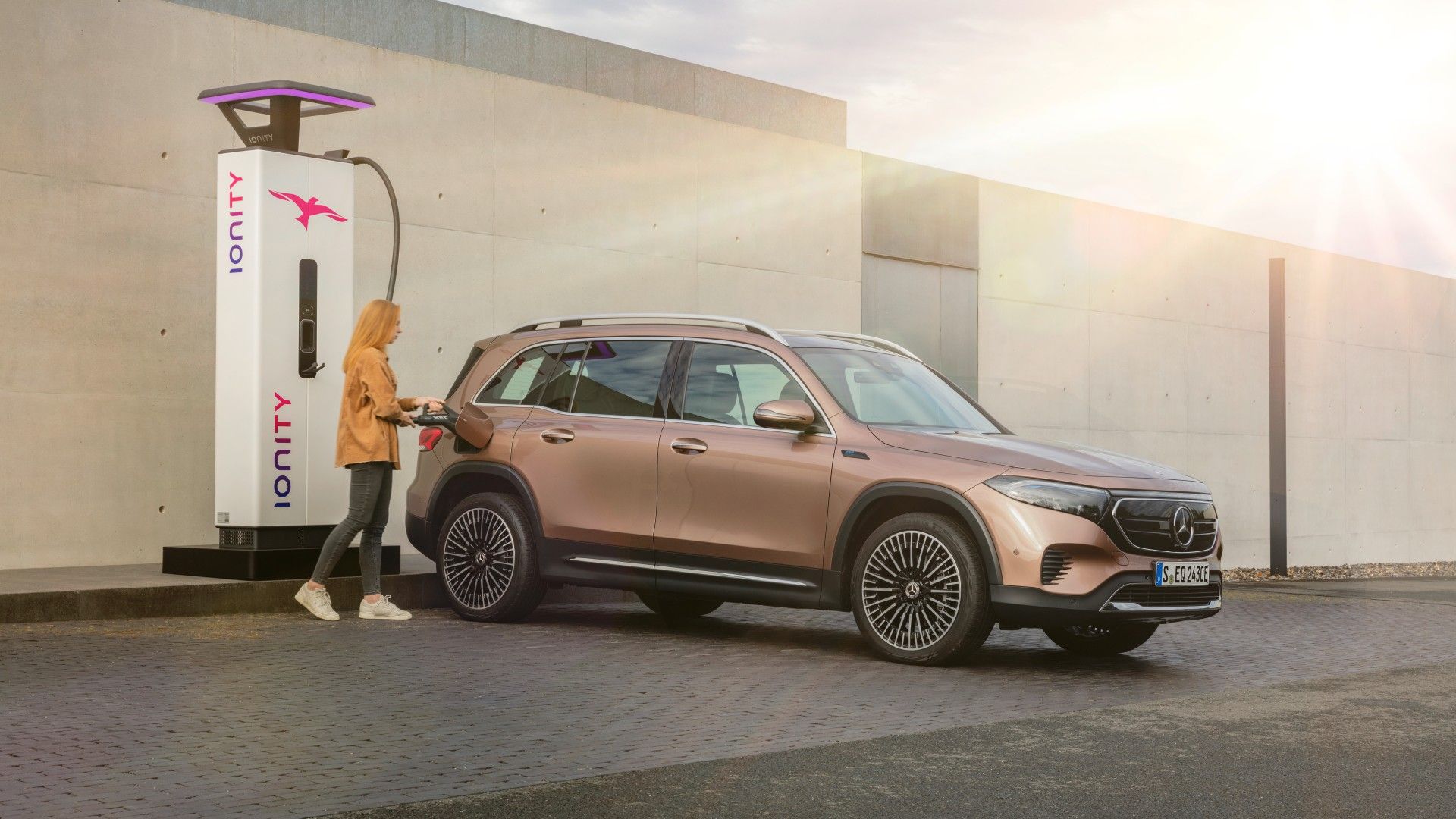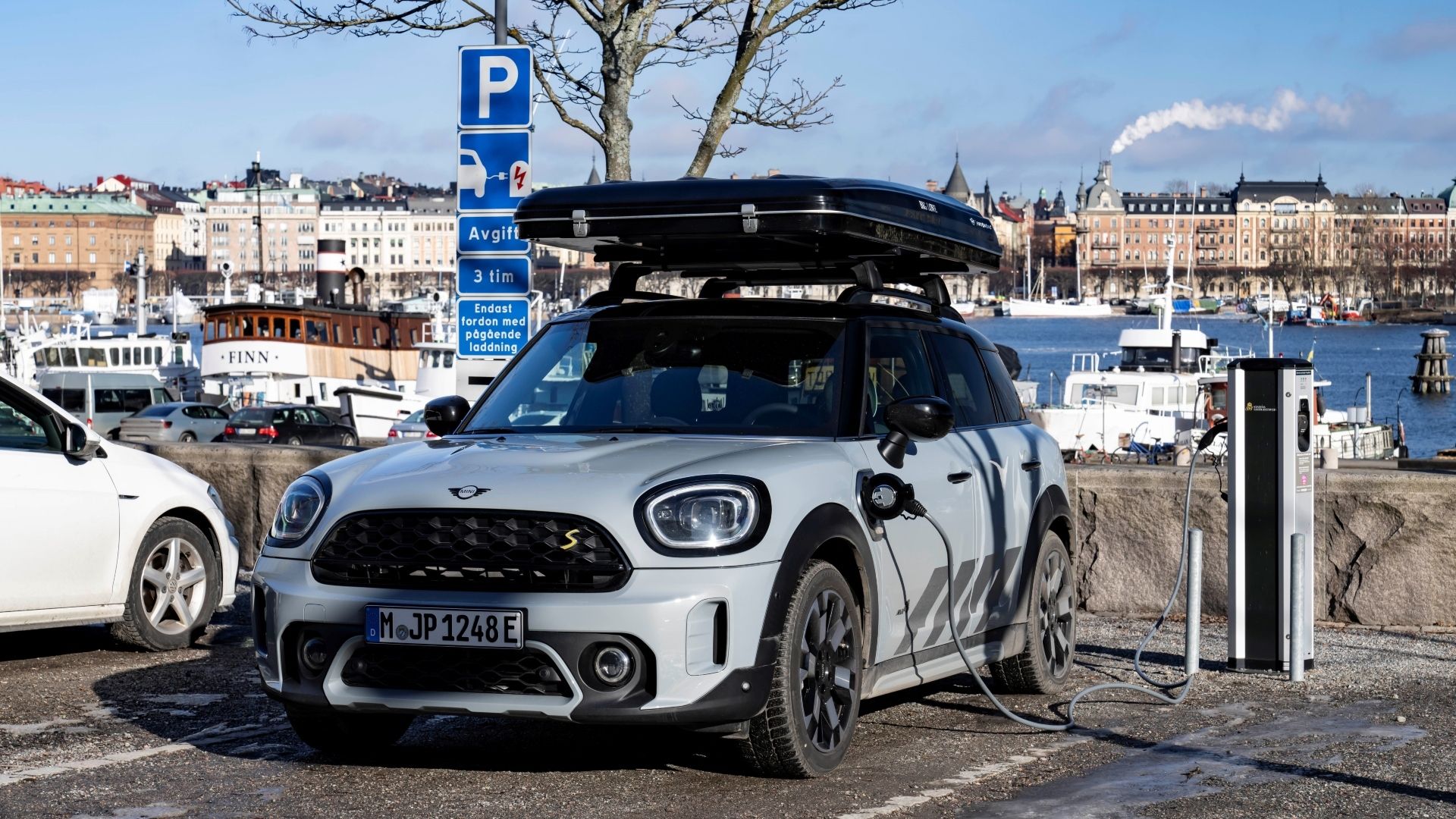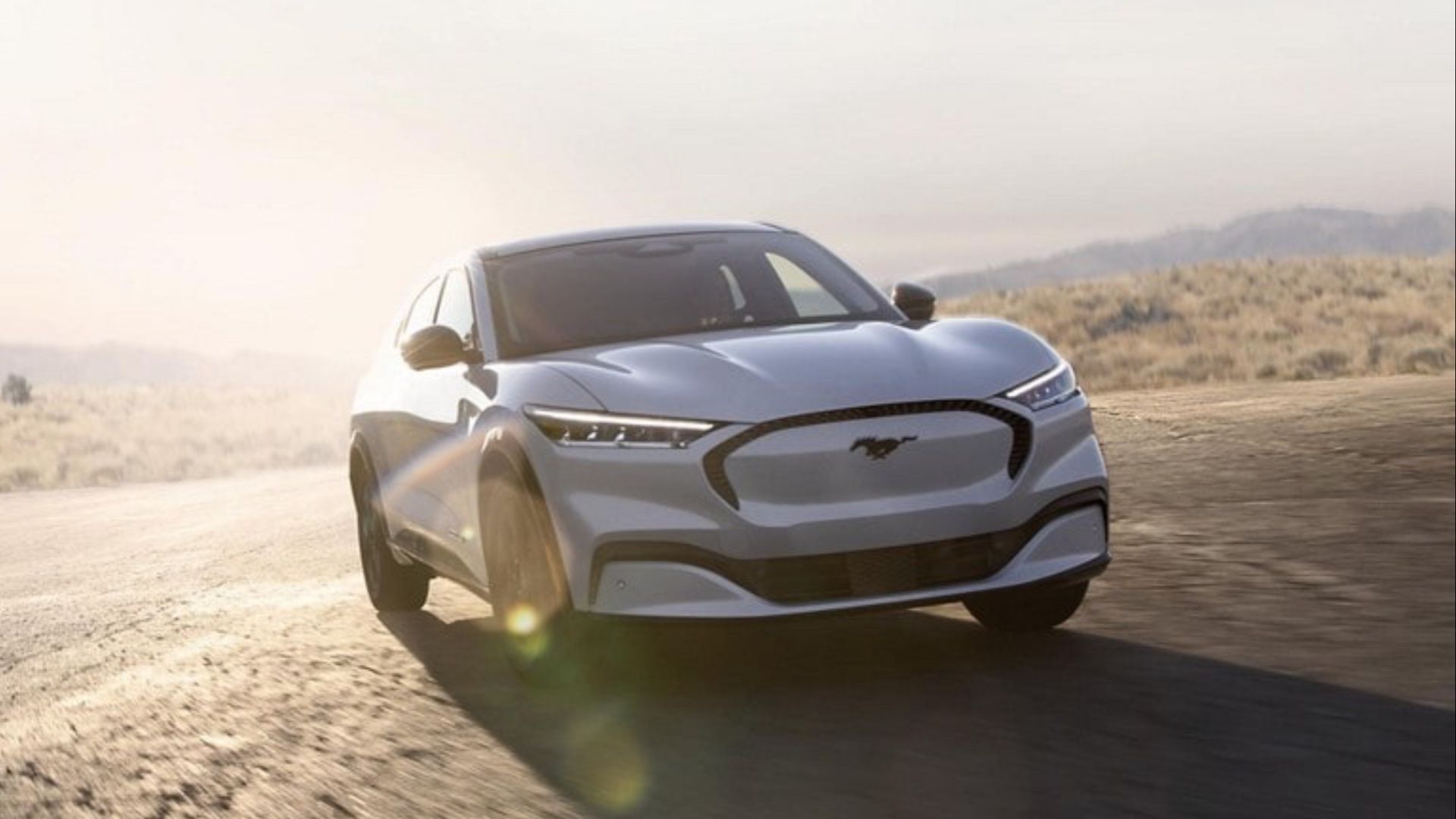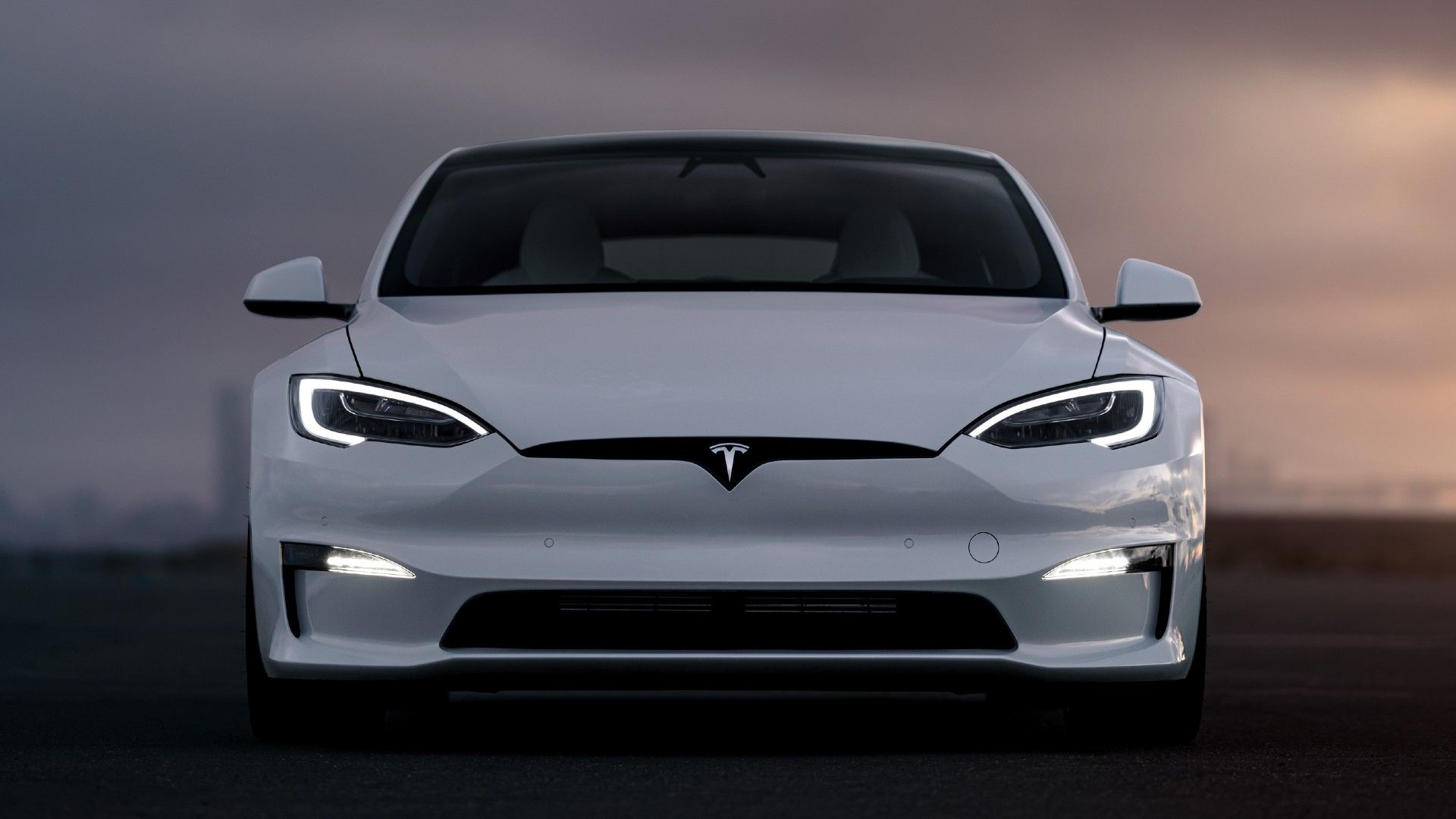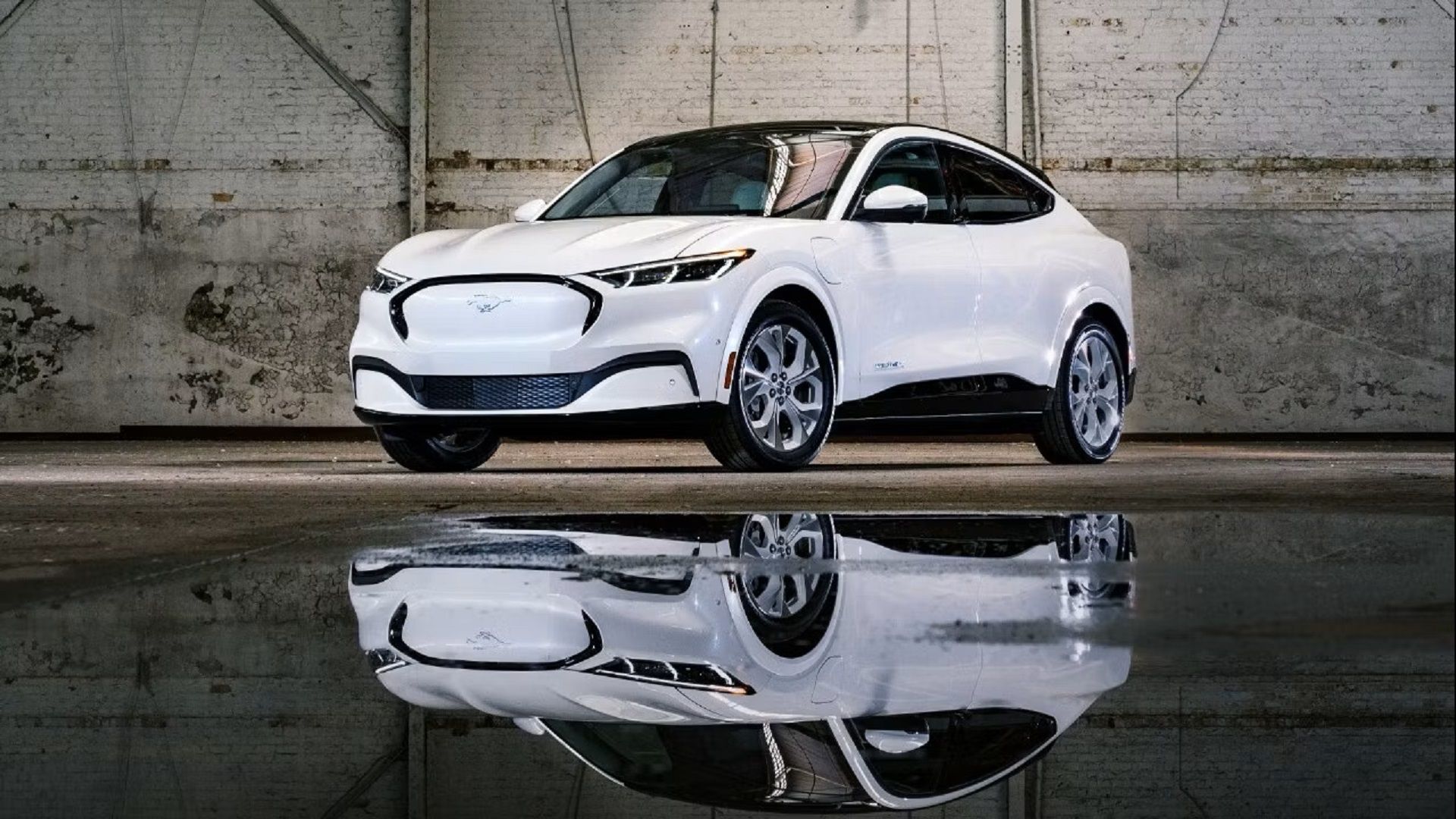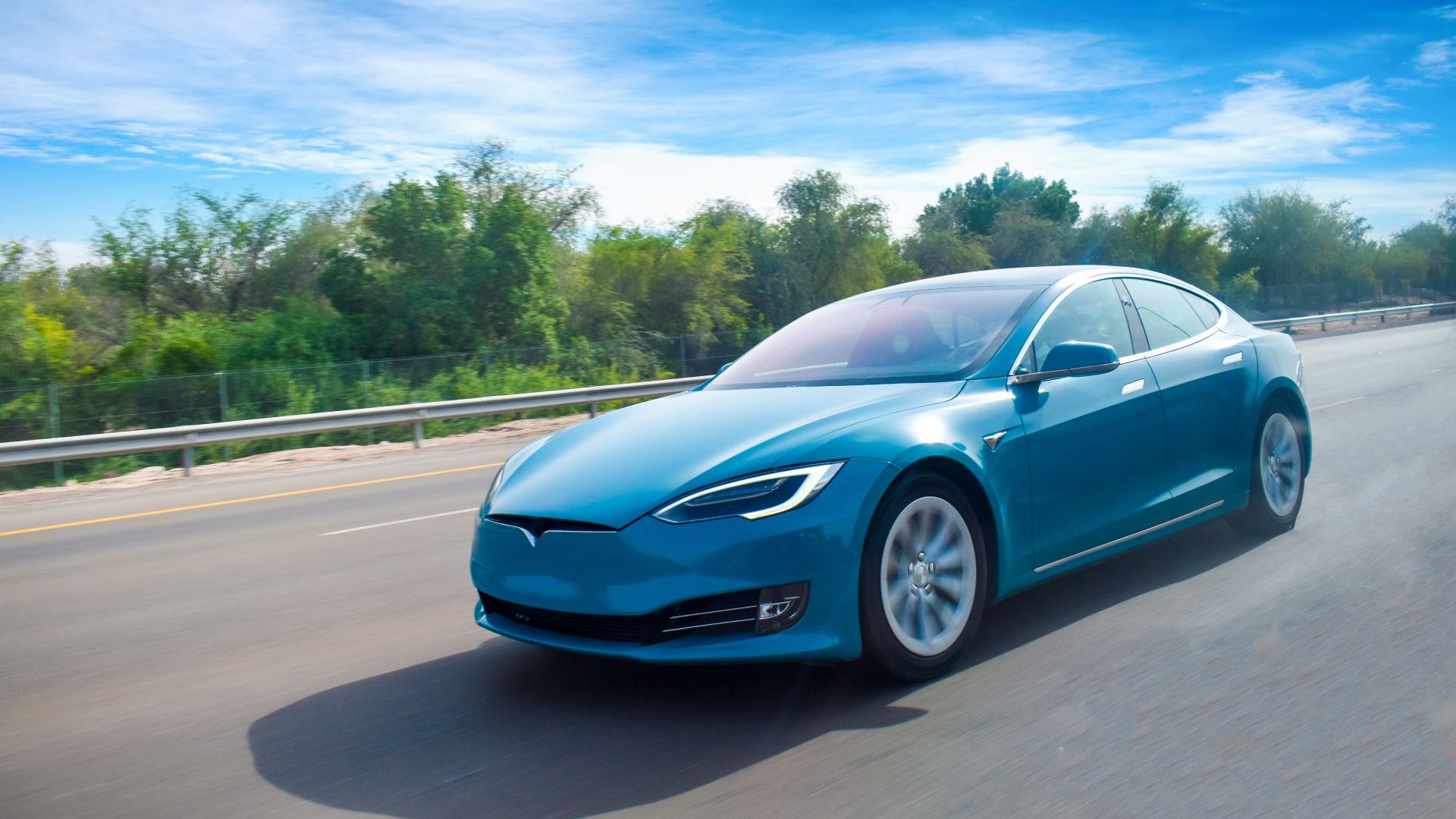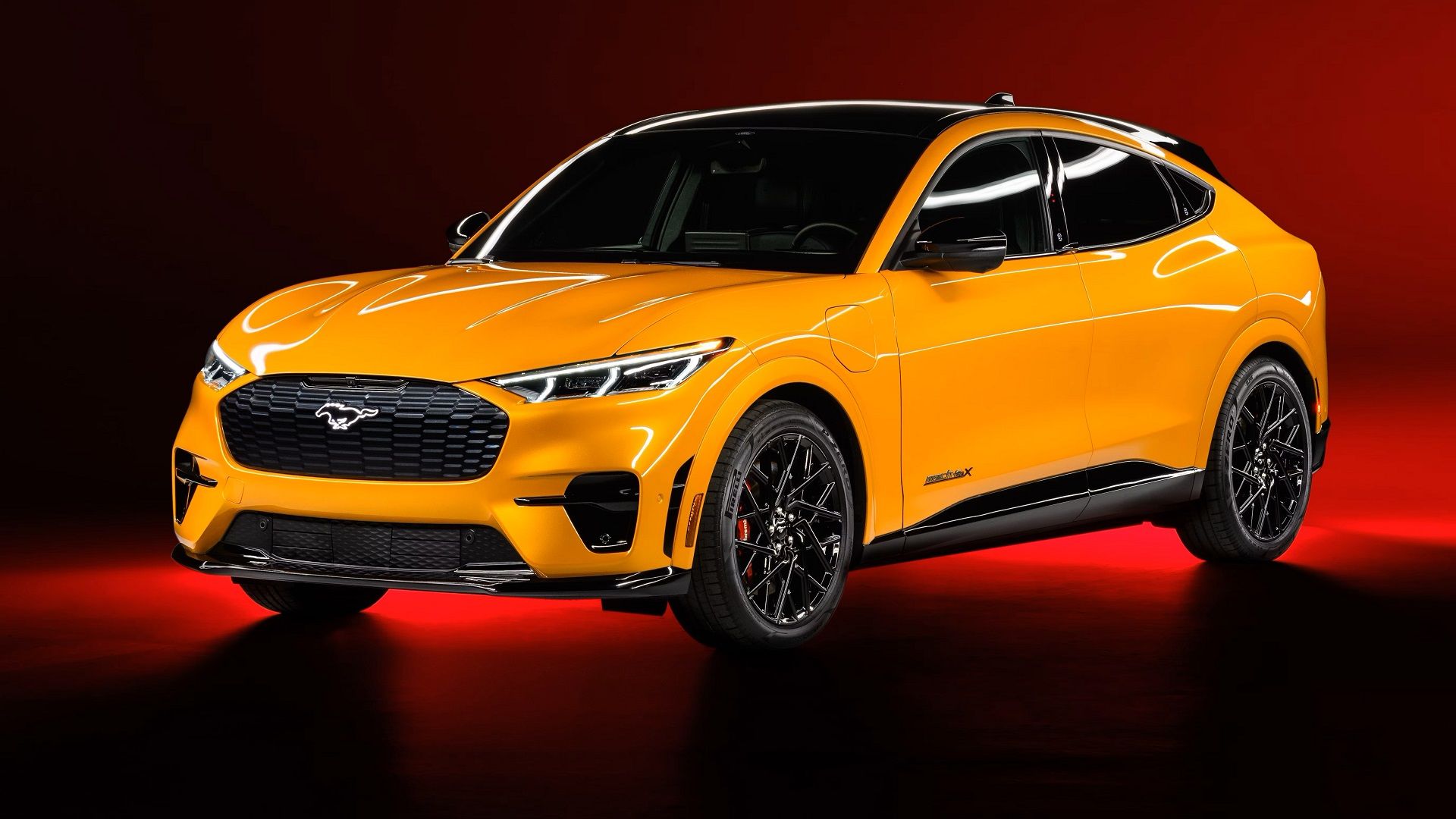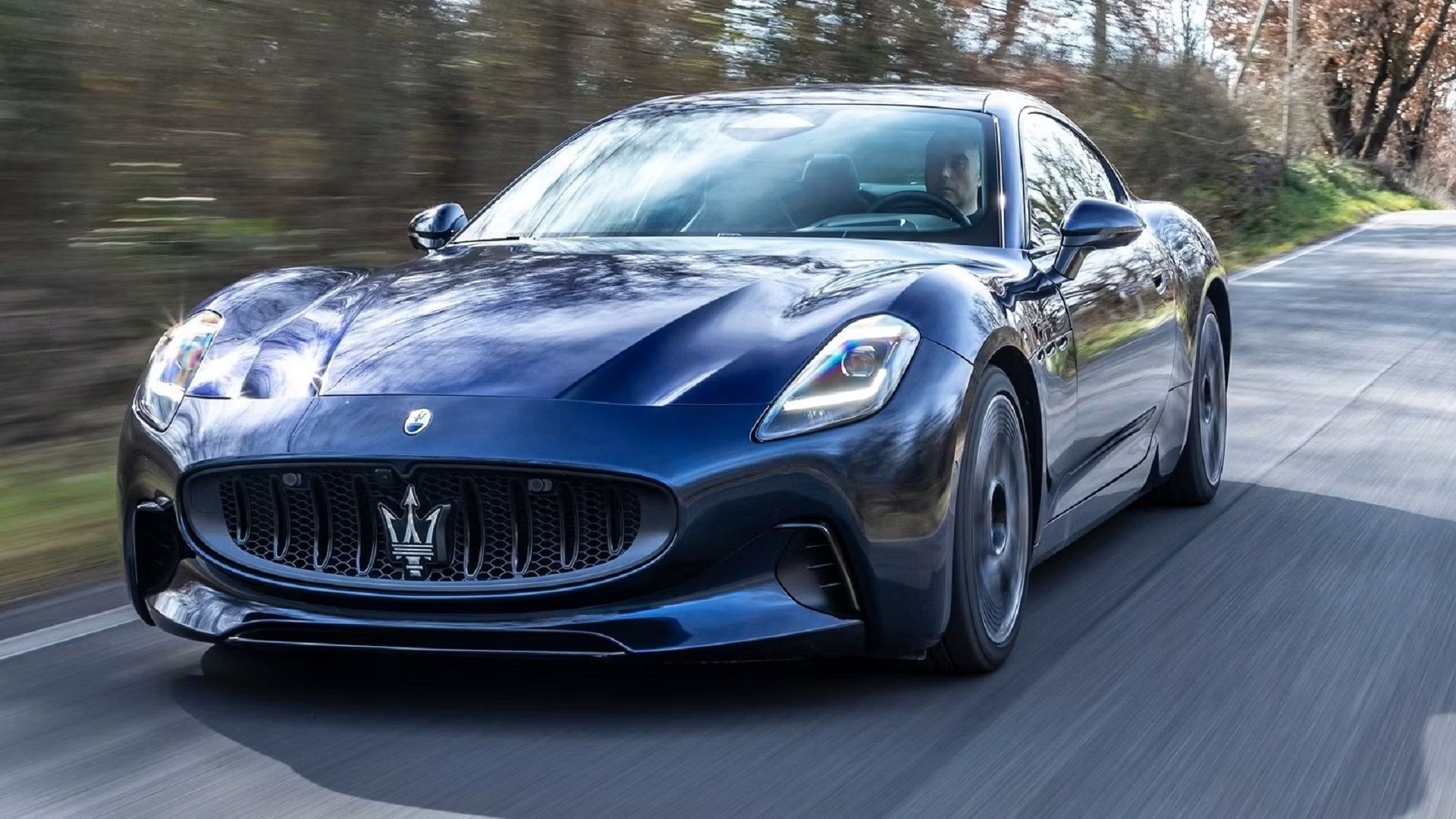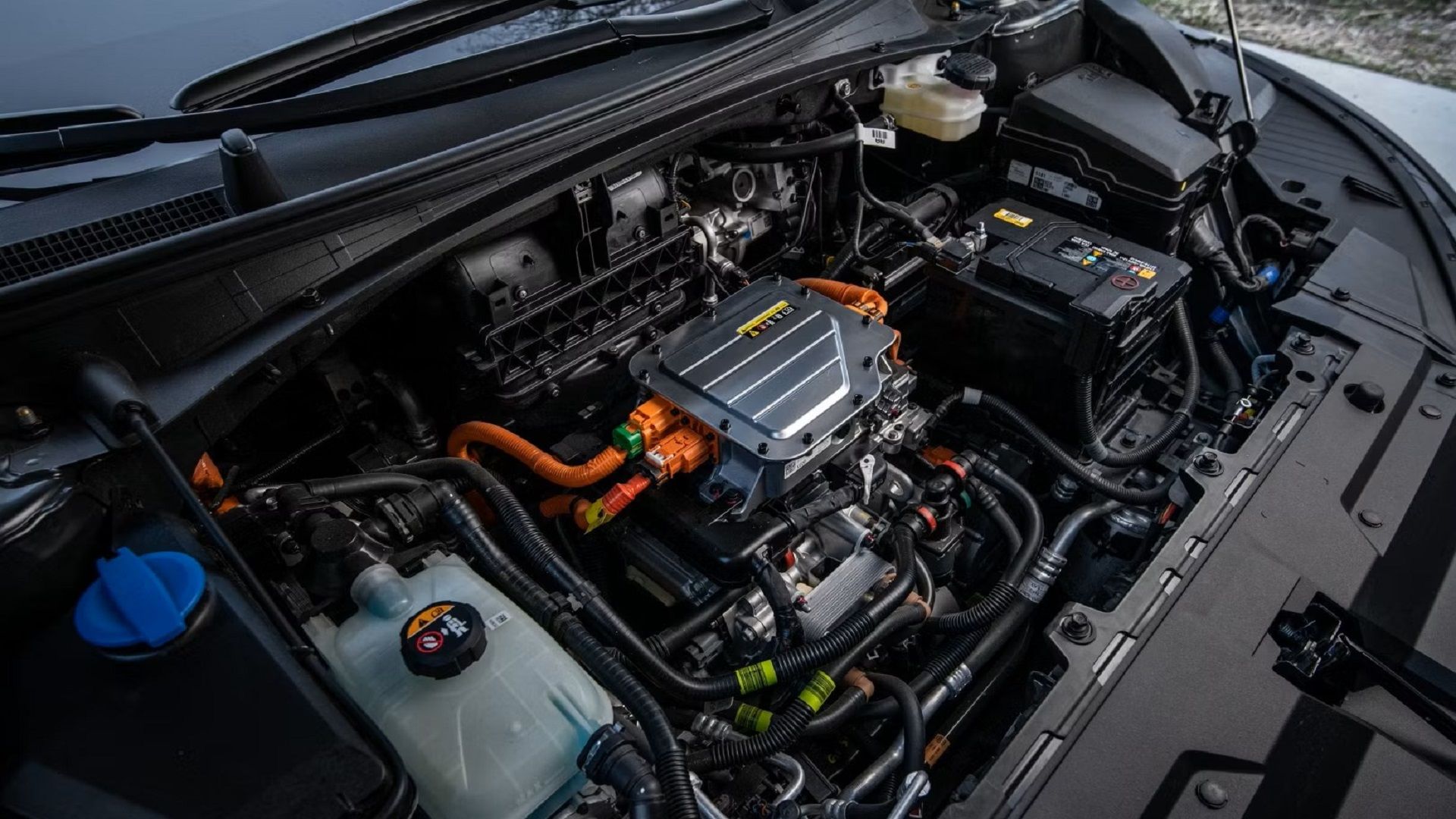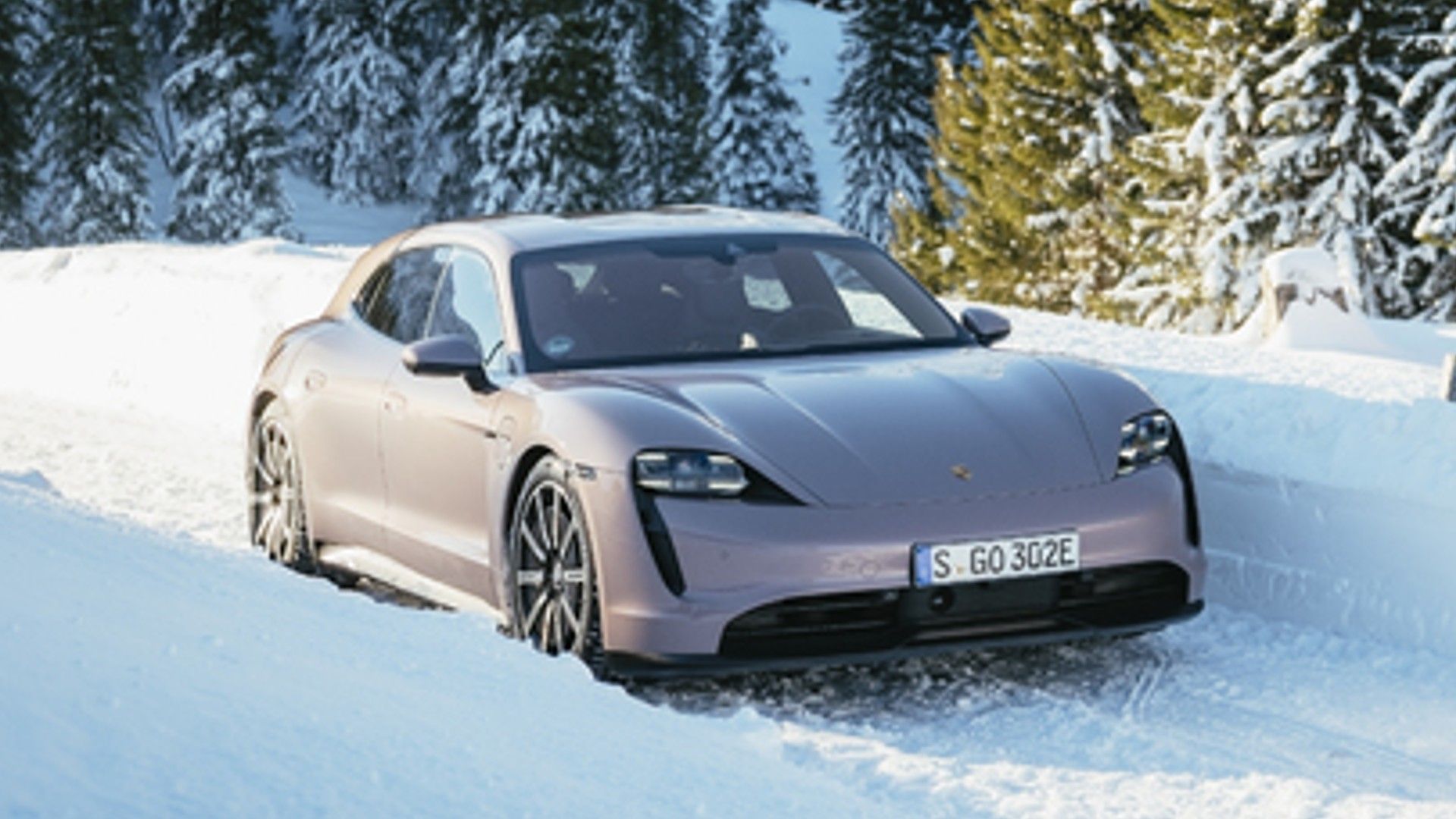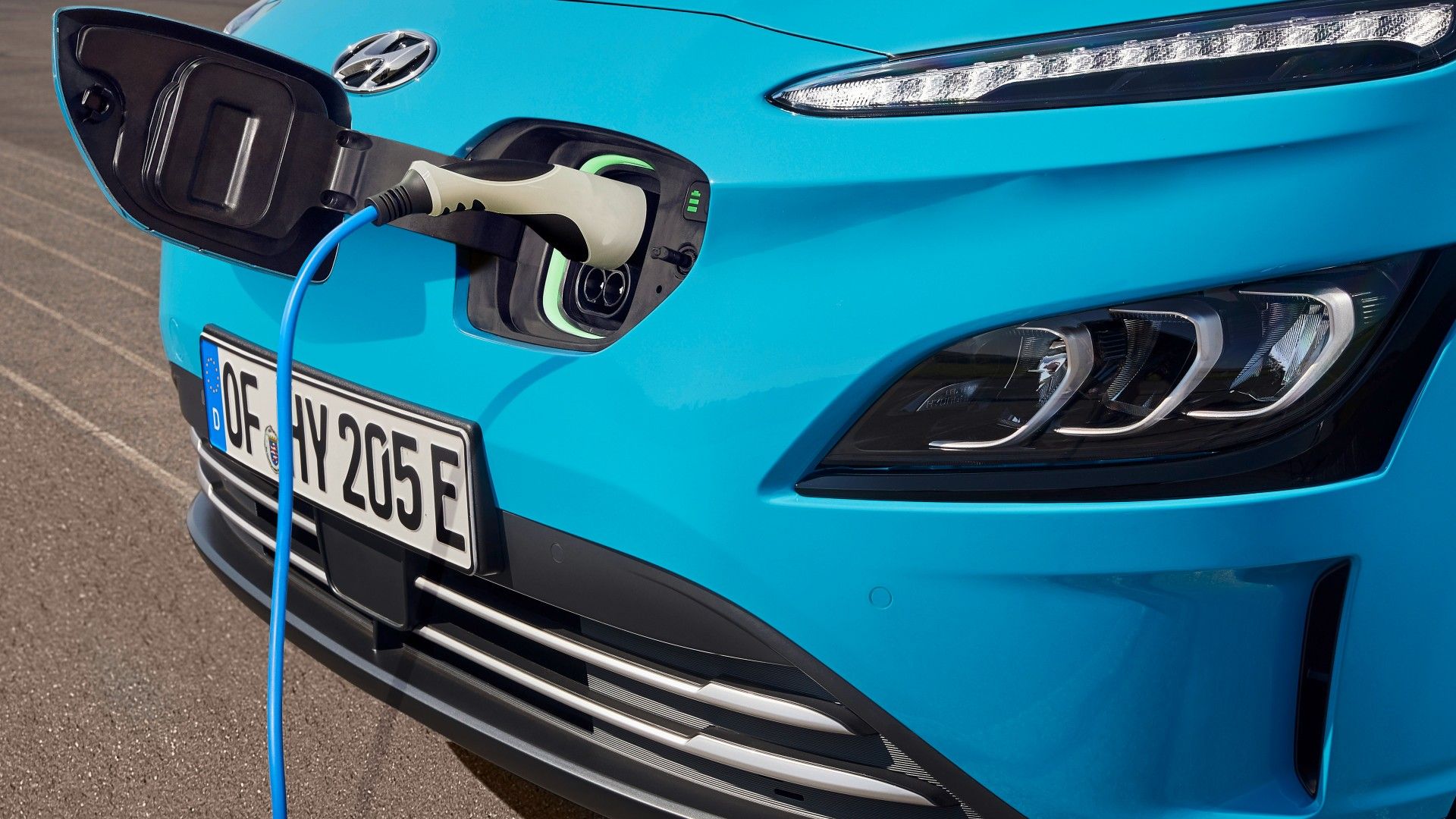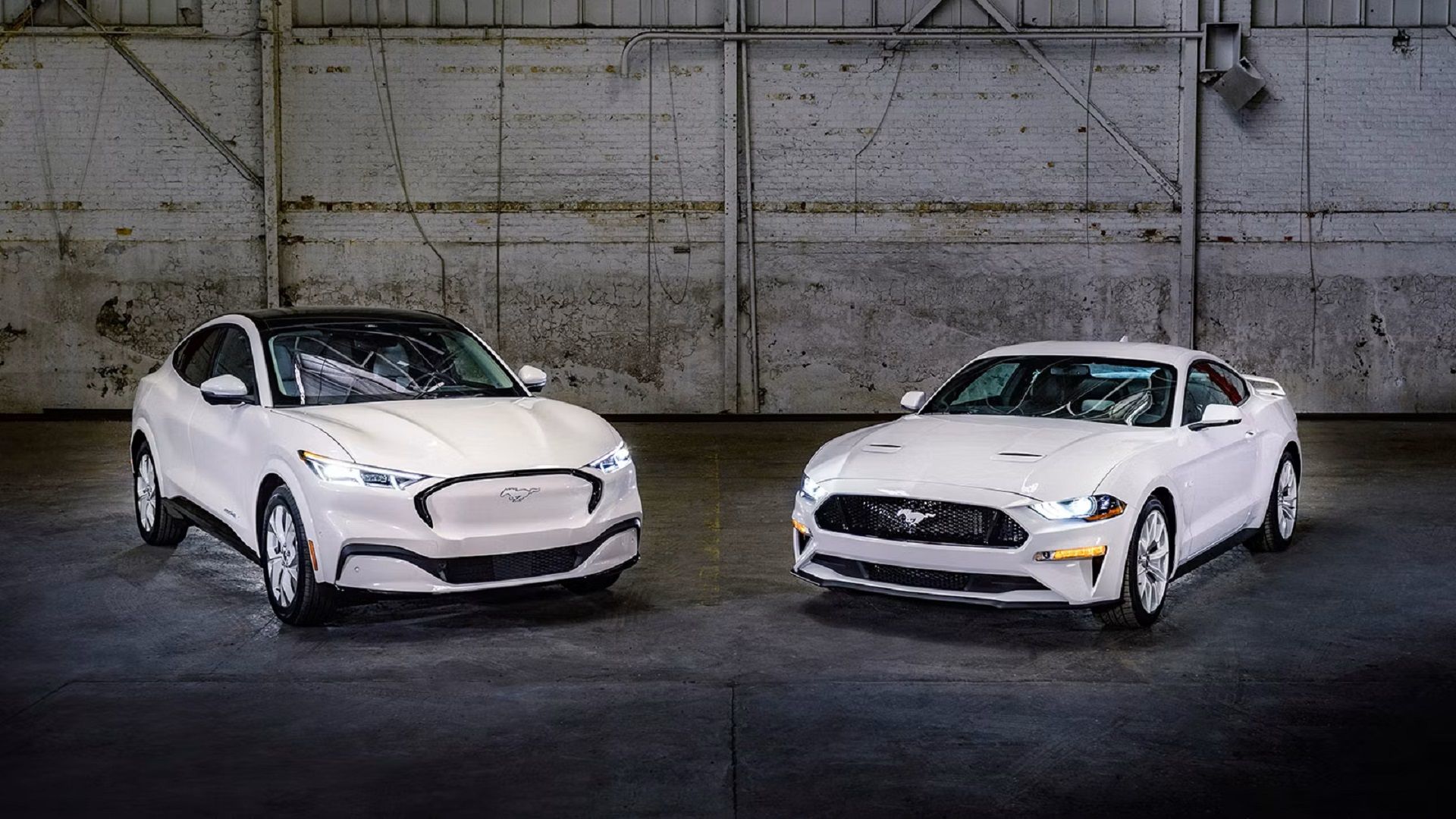Buying an electric car is an option that users are beginning to choose more and more frequently. It is well known that the future of automobiles is electrified, and ICEs are on the verge of extinction. But EVs will lose their charm once mainstream, and we will see them so often on the street that they will no longer attract anyone's attention. The advantages are many and involve individual and collective issues. However, not everything is rosy, at least at this stage of the industry's development.
Anyone who wishes to buy a car of any kind must consider issues such as price-quality ratio, autonomy, lifespan, resale price, performance (in the city and on the road), safety, and comfort, among other aspects. The fact is that electric cars do not always adequately meet all the requirements in these fields, and it is necessary to know which models are best suited to the user's needs and tastes. There is no doubt that these disadvantages will be overcome in the long term, given the prospects of the industry, but whoever wants to buy an electric car today cannot overlook them.
Updated on July 6, 2023: The world's shift towards electric cars and away from internal combustion engine vehicles continues to increase by leaps and bounds. So, instead of letting this article get buried in the multitudes of other dead articles online, we have decided to refresh and update it with more information to keep you informed. Enjoy!
1 Charging Times Are Still Not On Par With Filling Up Gas
One of the biggest disadvantages of EVs versus ICEs is the time it takes to get a full charge. In the case of combustion cars, it is a purely mechanical process: pouring a liquid into a tank. In the case of electric vehicles, it is not so simple. Charging times vary from twenty minutes to more than six hours, depending on the source, voltage, and type of vehicle. As for the latter, you could opt for a Battery Electric Vehicle (BEV) or a Plug-In Hybrid Electric Vehicle (PHEV), but as far as charging time is concerned, there is no doubt: a PHEV is better, which in some cases is fully charged in 10 percent of the time it takes to charge a BEV. In any case, the future is promising, with the emergence of solid-state batteries.
2 Not Enough Charging Stations To Cater The EV-Boom
A great advantage of electric cars is that you can charge them at home if you have the right equipment. However, this will always be slower than charging at a charging station. Besides, you have a car to get away from home, so you can travel. There are currently more than 56,000 charging stations in the United States and more than 375,000 in Europe, but all forecasts indicate that many more will be needed in the future to meet the huge demand expected in the coming years. On the other hand, the distribution is not homogeneous, and you could arrive in an area where you simply cannot find a charging point for your vehicle.
3 Very Few EVs Offer 400+ Miles Of Range
Another classic problem that electric car developers faced in the past and still face today is that of range. While much progress has been made, a range comparable to that of conventional cars has not yet been achieved. Among the EV models with the longest range you could choose from are the Lucid Air with 516 miles, and the Tesla Model S Dual Motor all-wheel-drive with 405 miles. Not bad, but you must remember that these are the best cars on the market and, therefore, far exceed the average range, which is below 300 miles.
4 The Longevity Of Batteries Is Still A Question
You use batteries all the time: in your cell phone, in your laptop, in your smartwatch, and even in your conventional car. Maybe it has ever happened to you that you had to change the battery in your vehicle and put in a new one to make the electrical system work. In EVs, the battery is the heart of the car (not just its brain), and you depend on it for transportation. In temperate climates, a good quality battery can last between 12 and 15 years if you maintain it properly, while in extreme temperature zones, the durability drops to between 8 and 12 years. In any case, brands such as Tesla or Hyundai offer battery warranties that reach 100,000 Miles or 8/10 years.
5 EVs Are Costlier Than Equivalent ICE Cars
Nowadays, an EV has a higher purchase cost than an ICE of similar technical characteristics and amenities. The gap is decreasing year by year, but batteries are still costly, and the investment in new technologies and research takes a good part of the cost. However, keep in mind that the cost of maintenance and use of an electric vehicle is usually lower than that of a conventional car. Electric charging (depending on your area and the efficiency of your vehicle) is frequently cheaper than gasoline charging. Moreover, governments tend to subsidize the development of renewable energies, particularly EVs, meaning that the benefits may increase considerably.
6 Replacing A Battery Is An Inexpensive Affair
As mentioned above, the battery is the heart and brain of EVs. While the lifespan and efficiency are increasing, it is a part that is relatively inexpensive in an ICE. At the same time, it is particularly expensive in an electric car. Prices had dropped consistently since 2010, but in the last year, they went back up due to the rise in the price of lithium. The average price of the battery pack used in electric cars reached a cost of $151/kWh in 2022 but is expected to drop to less than $100 /kWh in the next few years. You may never have to replace your car's battery (you may sell it sooner), but you should keep these prices in mind if you have a problem.
7 EVs Aren't As Environmental-Friendly As They Seem
One of the greatest advantages of electric cars, it has been said many times, is that they do not pollute the environment. Since they do not use fossil fuels, they do not generate greenhouse gases, and the air you breathe is unaffected. In addition, the lithium in the batteries and some of their components are reusable. However, to extract lithium and other heavier materials, complex industrial processes must be carried out, which also generate harmful gas emissions and usually have a more significant impact on the countries from which these materials are extracted, such as Chile or Bolivia (which are not the countries where EVs are most widely used).
8 EVs Are Quick To 60 mph, But Don't Have High Top Speeds
Electric cars have a lower top speed than conventional cars, at least on average. One of the fastest electric cars on the market is the Maserati GranTurismo Folgore, which reaches about 299 MPH and is expected to be released in June 2023. That's an astonishing number, no doubt about it. However, the average is well below that number; to get close to it, you have to aim for the best cars on the market. Even so, several ICE cars exceed the speed of this Maserati, so you will have to wait at least a few years for these speeds to be equalized. The reasons for this difference are the manufacturers' objective of prioritizing the battery's durability and efficiency before its performance in the face of great demands.
9 Fixing EVs Is A Different Ballgame
If you are thinking of buying an electric car, you should make sure that you have the support of a car repair shop specialized in this type of vehicle, especially if you buy it second-hand. When you buy a new electric car, you generally have the manufacturer's assistance, which will be enough to give you the proper maintenance and solve minor problems. Imagine you are on the road, thousands of miles away from home, near a small town, and your electric car breaks down. Specialized car repair shops are not available everywhere, as it requires very high qualifications to understand how these cars work. It's not an impossible problem to solve, but you should make a list of places you can take your vehicle in case of a problem during a trip.
10 EVs Are Part Of The Future, But They Are Not The Entire Future
In a few years, it will no longer be so common to see gasoline-powered cars on the road. All the plans of national governments and international organizations, as well as those of various companies, point to a radical change in the automobile market by 2030. However, the near future does not see only electric cars; they may not even be the last stop in this technological revolution. In particular, hydrogen cars are gaining prominence among manufacturers such as Toyota, Honda, and Hyundai. One of its main advantages is the charging time since it returns to the old mechanical system of incorporating a substance into a tank ... in less than five minutes and with an excellent range.
11 Temperature Affects EVs In Bad Ways
Since Henry Ford introduced the Model T and the pickup version Model TT in 1908 and 1917, you have been able to drive year-round. The weather may affect how well the ICE vehicle starts and runs, but fuel economy is not affected unless you like to sit and idol with the heater blasting. The same goes when you need to run to the store in the heat of summer. Granted, having the air conditioner on does take a little more gas, but it does not zap the juice out of the car like it does if you are driving an EV. Cold, hot, and every temperature in between can affect the performance of your EV, creating an instance where the numbers you expect to get (range or power) fall short, leaving you stranded somewhere.
12 EVs Are Not Apartment-Friendly
The world is experiencing a serious housing problem, not necessarily because of increased populations (except in some countries) but rather because of countries' inflation exceeding the cost of living. To help offset this, countries like the U.S. are pushing for more apartment complexes to be built, either affordable or state-supported, giving people access to housing that would typically be living on the streets. The problem with this housing solution is that few apartments will have exterior outlets able to charge an EV, let alone have the capability and space to install a fast charging station to help speed the process up.
13 The Selection Of EVs Is Not Impressive Yet
Not all carmakers have entirely committed to switching their lineups over to electric cars. In fact, many carmakers have not even committed to switching over until 2030 or later (50% of production by executive order in the U.S.), which means many showroom floors still have most models and trim levels of ICE vehicles. If you want to find a specific type of car or SUV or even a pickup truck, that is EV or Hybrid, you may have to order it straight from the factory for now because the choices are sparse, and until the manufacturers shift more of their attention to EVs, the problem will continue to plague those of you wanting a little variety in their EV choices.
14 Electric Vehicles Can Tow But At A Higher Cost Than ICE Versions
When you tow with an ICE vehicle, unless you are driving a heavy-duty truck or a pickup designed for the task, you know the fuel economy will go down. The more weight you have behind you, the less mileage the truck will get on a full tank of gas. When you are driving an electric version, the same thing will happen, but instead of stopping for a fill-up somewhere along the line, you will have to figure out how to get a full charge to continue. For example, the standard range for the Ford Lightning is 240 miles. When towing, it drops down to around 100 miles, which is barely the distance from one city to another in rural areas of the country.
15 Cost Of Electricity And The Issues With Worldwide Supply
One aspect of owning an electric vehicle that many overlook is the power it takes to charge them. Almost every night, the EV will have to be plugged into an outlet that will take extra energy from the power grid (that is, unless you are hooked up through your own grid by using renewable resources such as solar power). In some areas of the world, rolling blackouts have occurred for various reasons, leaving the home without power and the car without a way to power up for the day. So, even though EVs reduce the carbon emissions being expelled, they draw more electricity from already strained power grids across the globe.

